Ecommerce has taken the internet by storm, and today numerous eCommerce sites offer products and services from around the world. Unfortunately, while this has made the shopper’s life much more convenient and easier, it has resulted in many fake eCommerce sites cropping up and leaving online shoppers like yourself wondering if a website is safe to shop from. Thanks to the rapid growth of the internet and the subsequent rise of e-commerce, today’s world has transformed into a digital marketplace accessible to anyone and everyone sitting in any corner of the world.
This evolution, of course, cemented the growth story of online marketplaces and brought to light a lot of fraudulent websites.
As an online shopper, there are many doubts about shopping online such as is this website legit? Are the products authentic? And of course, is there a customer service to reach out to? These suspicions are completely valid and in place. While eCommerce is generally safe, the threat of cybercrimes is always present. The internet is a vast space, and you never know how, when, and where you have been duped. Furthermore, users share their sensitive data on these eCommerce sites, and hence it needs to be secured from the malicious intent of hackers, attackers, and online criminals.
Let us peruse the signals and indications in a site that you as a user should look out for before purchasing a product or service from them!
The privacy policy is not just another document to be ignored
The privacy policy is not just another legal document; it informs you about the data being collected by the website, how it is being collected, why it is being collected, and how it is protected.
For example, a privacy policy statement that details how the business collects, uses, and protects sensitive financial data should be available. This statement also shows that the website owner cares about your safety and complies with the laws to ensure that the website is safe, and your data is protected. If a website has the privacy policy on its website, it also reflects that it is legit and not doing anything illegal.
Look out for the HTTPS in the site url
As a user, there are obvious signs that you can look for to see if a website is safe or not. One of them is checking if there is an HTTP before the website URL since it signifies that it is not secured. But if a website has HTTPS before the URL, it is a clear sign that it is protected and secured. Now you are probably wondering what HTTP and HTTPS are. HTTPS (HTTP+SSL=HTTPS) increases and boosts the security of a website as it is encrypted and scrambles the communication, making it difficult to hack.
On the other hand, if a website is not protected or does not have HTTPS, it is at a higher risk of getting attacked. So, now that you know about HTTPS let us understand what an SSL certificate is.
Now while HTTPS does help secure a website, an authenticator is usually needed to oversee all the communication between a website and a server, ensuring that it is safe and secured. As a website owner, Cheap SSL Certificate is important to keep your data safe from hackers. It gives a safe and secure transfer-layer shield to your data from going into the attacker’s hands that makes customers feel safe.
Contact information shows if you can trust a site
Users today need to be reassured before they can consider doing business on any website. That is why if a website has provided its basic information in the form of a “Contact Us” page, it builds a certain level of trust. Preferably, a safe website with nothing to hide whatsoever will put up an email address, a phone number, a physical address if applicable, and links to the social media accounts and handles. Of course, this information does not necessarily provide security, but they direct you to someone you can reach out to if you need any assistance.
Customers use search engines as a modern-day version of window shopping. A contact page highlights the vital information to help identify users find where the store is located and how to get in touch with the business.
Checking for trust seal and certification of authentication
Legitimate websites would always have a trust seal or a certificate of authenticity as accreditations from Internet security bodies. A certificate of authenticity or a trust seal indicates that a website works with a security partner and works as an indicator that it has HTTPS security, but they also designate other safety features. This should help you identify if a website is genuine or not.
Go through the reviews and testimonials
Another way to identify the credibility of a website is to go through the reviews and comments. It indicates the websites’ legitimacy and that they are a trusted business. Reviews by past customers paint a picture of how a website conducts business, which is a huge advantage for first-time visitors.
As a new user you might be unsure about their brand or business, and you can simply browse through previous users’ personal experiences and understand their website better.
Be wary of website malware and spamming
Be careful of suspicious pop-ups, phishing mail, and spamming on a website, as it is one of the most common forms of online scams. Make sure you have anti-malware and antivirus software installed, as these tools help you keep your device clean and safe from the annoyance of spam, malware, and phishing.
Pop-ups and spam are the most common gateways by viruses and malware to infect devices and compromise data. Therefore, it is vital to block pop-ups and spam.
Focus on the domain name
Cybercriminals will sometimes create websites that impersonate authentic websites and fool users into purchasing something on their phishing website. These sites often look exactly like the existing website, and it could be very difficult to spot the difference, but that does not mean you cannot spot a fake website at all.
These phishing websites would have the same domain name but some extra character or symbol, so paying attention to the domain name is important. For example, the domain name of a fraud website would be EeBay.com instead of ebay.com. These small details can help you identify a fake website.
Conclusion
While the points shared with you today would help you with an authentic shopping experience online, one thing that needs to be kept in mind is cybersecurity and never compromise on it.
Looking out for the HTTPS protocol in the site URL could help you stay safe when shopping online. So, make the right call and stay safe online.

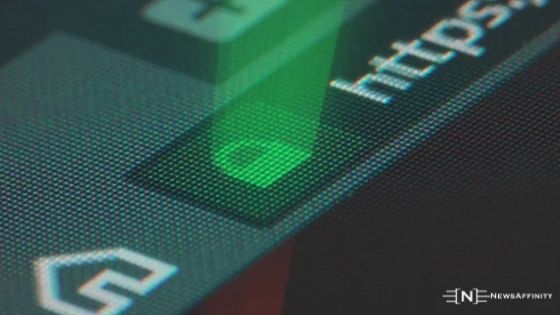



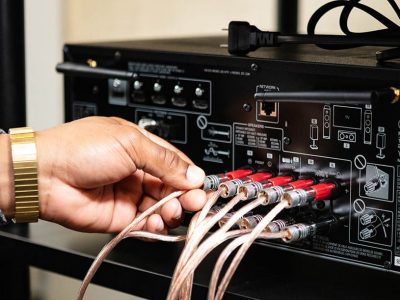



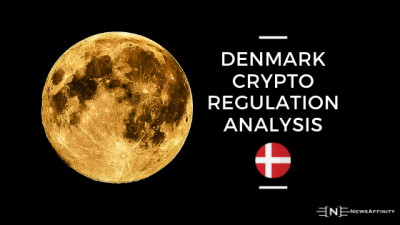
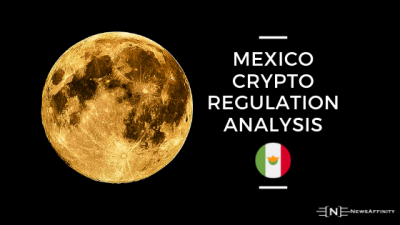
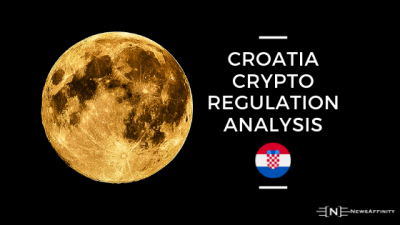





Comments